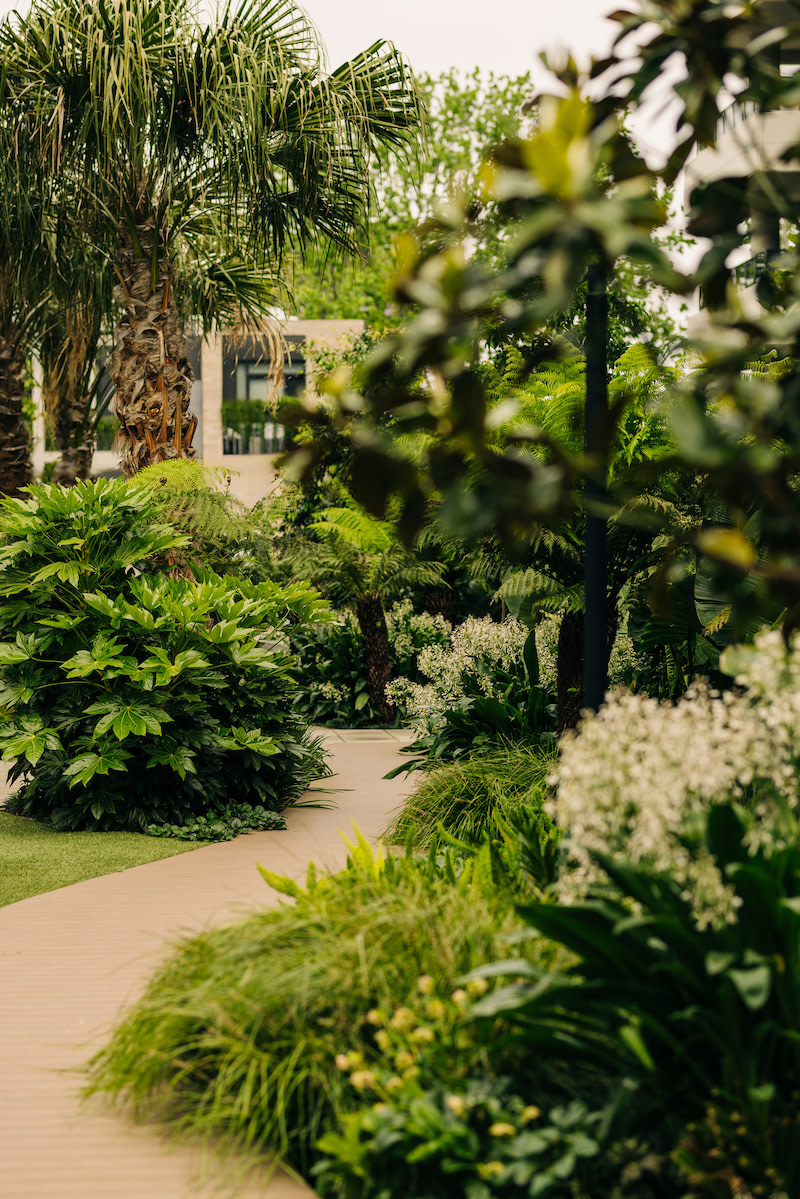Nature Based Cities Leads Green Revolution for Developers

“Any developer who isn’t thinking about it is going to get left behind.”
Founder of leading private developer Hamton Paul Hameister has literally climbed many mountains in his time but now has set his sights on something equally daunting: greening Australia’s cities.
The Seven Summits veteran and prominent developer is not waiting for a government mandate but instead founded Nature Based Cities three years ago to help property developers do it themselves.
“At the end of 2022, the Biodiversity COP agreed on 23 targets that the United Nation countries, including Australia, signed on to,” Hameister said.
“Target 12 is to significantly green our urban spaces, and so everything is heading in that direction. Australia is miles behind.
“Anyone who invests in property that hasn’t thought about it ... they’re going to have a problem in 5 or 10 years, when this becomes mandatory here, as it is already in other developed countries.”
Hameister believes developers cannot afford to ignore nature in new projects.

Investing in nature, according to independent research that Nature Based Cities commissioned, generates enhanced commercial returns.
The research by Urbis found that developers could achieve a large premium on apartment and home prices if the developments incorporated a park or other suitable green space.
Urbis also found that accessible green spaces also delivered benefits for property owners with higher capital growth and rent premiums.
Further research, by Ark Resources, found that Australia’s existing ESD rating tools did not place sufficient emphasis on nature.
“Not one of Australia’s ESD rating tools has a mandatory requirement for any living landscape, which means that you can have a five-star green-star-rating building that doesn’t have a single blade of grass or a single living green thing,” Hameister said.
“The focus of our rating tools is primarily about reducing carbon emissions using grey technology. That’s important, but we need to re-balance this with a priority on nature in our cities.”
The Green Building Council is reviewing its tools through its Nature Roadmap. Nature Based Cities made a submission to that review in June 2024 which included nominating the UK’s biodiversity net gain requirements as worthy of consideration in an Australian context.

In the meantime, the not-for-profit Nature Based Cities organisation has developed a set of design guidelines and a new accreditation tool to fill the gap.
The Design Guidelines build upon leading academic research and industry expert recommendations to provide a series of practical design principles that can help guide decision making for a project from the outset.
The Scorecard accompanying the guidelines establishes easy-to-understand development targets. The Scorecard has 10 criteria, including views to green space, living landscape area, existing trees, new trees, canopy coverage and biodiversity. A project must meet minimum outcomes by reference to these criteria in order to gain Nature Based Cities accreditation.
Accreditation will be on two levels, Commended and Exemplary and is independently assessed based on the outcomes of a project once designs are submitted for approval.
Developers will then be able to access a marketing toolkit to help promote their commitment to nature to potential purchasers.
Accreditation prior to commencement of sales is something Hameister said was critical to changing workflows.
“The way the industry works is that the consideration of ESD and meeting the ESD rating tools generally happens towards the end of the design process and the developer is saying ‘how can I achieve the ESD rating by ticking boxes with the minimum amount of costs to the design?’,” Hameister said.

“What we are trying to do is create an intervention at the front end of the project where the developer can say ‘OK, I need to achieve a 5 star, green star rating but I want to major in nature in the way I go about it’.”
In an economic environment where financial feasibility is key, Hameister said nature might be the loser when purse strings needed tightening if it was not set as a priority upfront in project design.
“It’s amazing how broad the support for this idea is amongst consultants to the industry, but the feedback that I’ve been getting is ultimately, the decision comes down to the client, the developer,” Hameister said.
“[If] the developer wants to cut costs when it comes to value management at the back end of the design process, the nature generally comes out first.
“That’s why I think we’ve got to start and finish with developers as the decision makers to make this change.”
This week Nature Based Cities launches its design guidelines and scorecard to the industry. Developers interested in finding out more can visit naturebasedcities.org.au
The Urban Developer is proud to partner with Nature Based Cities to deliver this article to you. In doing so, we can continue to publish our daily news, information, insights and opinion to you, our valued readers.














